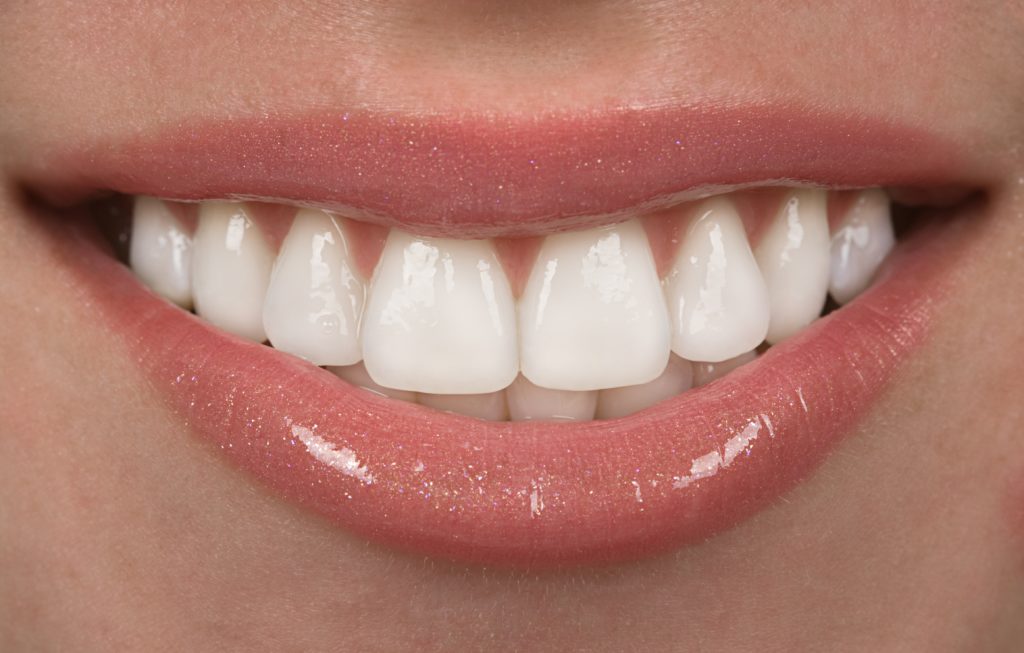With school starting back recently, our schedules just got a whole lot busier. In all the hustle and bustle of making lunches, doing homework, and chauffeuring to various extracurricular activities, it’s easy to forget how important it is to maintain a good oral hygiene routine. While this is true for everyone, it’s particularly important for patients who are undergoing orthodontic treatment. The health of your mouth affects not only your oral health, but can also affect the health of your whole body. When you let your dental hygiene habits fall by the wayside, or don’t visit your dentist regularly, you run the risk of developing cavities, gingivitis, and even periodontal disease.
Here at Dillehay Orthodontics, we’re about more than creating straight smiles – we want you to have a beautiful and healthy smile! Keep reading below to learn more about what periodontal disease is, how it can affect your health, and what you can do to prevent it.
What is a periodontal disease?
Also referred to as gum disease or pyorrhea, periodontal disease is an infection of the tissues that surround and support your teeth. The infection is caused by plaque, the sticky film of bacteria that is constantly forming and reforming on our teeth. It is one of the leading causes of tooth loss in adults. In fact, up to 75% of Americans are dealing with some level of gum disease and don’t even know it. That’s because it’s usually painless, particularly in its earlier stages. Some of the signs and symptoms that can indicate periodontal disease is present can be:
- gums that bleed easily
- red, swollen, tender gums
- gums that have pulled away from the teeth
- persistent bad breath or bad taste
- permanent teeth that are loose or separating
- any change in the way your teeth fit together when you bite
- any change in the fit of partial dentures
The underlying cause of gum disease is almost always bacteria, but there are some risk factors that can increase your chances of developing it, including:
- poor oral hygiene
- smoking or chewing tobacco
- genetics
- crooked teeth (they are harder to keep clean than aligned teeth)
- pregnancy
- diabetes
- certain medications (examples are steroids, some kinds of anti-epilepsy drugs, cancer therapy drugs, some calcium channel blockers, and oral contraceptives)
The stages of periodontal disease
Gingivitis is the earliest stage of gum disease. It can cause the gums to become red, swollen, and bleed easily, especially after brushing, but there will typically be little to no discomfort at this point. Most often caused by poor oral hygiene, gingivitis is often reversible with professional treatment and a diligent dental hygiene routine. If you have developed any symptoms of gingivitis, or suspect that you might have it, get in touch with us. The sooner you treat this early stage of periodontal disease, the better!
When gingivitis is left untreated, it can advance to periodontitis. Over time, plaque can spread and grow below the gum line, and the toxins produced by the bacteria in plaque begin to irritate the gums. These toxins cause a chronic inflammatory response in which the tissues and bone that support the teeth are broken down and destroyed. Gums separate from the teeth, forming pockets that can easily become infected. As the disease progresses, the pockets deepen and more gum tissue and bone continue to be destroyed. As destructive as this process is, it still tends to have only mild symptoms, so it’s important to know what to look for, and what preventative action you can take. Periodontitis comes in many forms, including these common types:
Aggressive periodontitis: this often occurs in patients who are otherwise clinically healthy. Common features include a rapid loss of tissue and bone that can happen in some, or all, areas of the mouth.
Chronic periodontitis: which results in inflammation within the supporting tissues of the teeth, progressive attachment, and bone loss. This is the most frequently occurring form of periodontitis, and is characterized by the formation of pockets and/or gum recession. It generally occurs in adulthood, but can happen at any age. Loss of attachment usually occurs slowly, but periods of rapid progression can be seen, too.

The mouth-body connection
Several studies have indicated that severe gum disease may be associated with other serious health conditions, such as diabetes, strokes, or heart disease. But what is this mouth-body connection, and what does periodontal disease mean for your overall health?
Periodontal disease causes chronic inflammation of the gum tissue, an increase in disease-causing bacteria, and infection below the gum line. This can cause a number of problematic health issues to occur when infection and bacteria from the mouth to spread throughout the body. We outline some examples below.
Diabetes
Medical and dental research has shown that people with diabetes are more likely to develop periodontal disease than people without diabetes. Furthermore, people with diabetes who struggle to manage their blood sugar also develop periodontal disease more frequently and more severely than those who manage their diabetes well. This is likely due to several factors, but one major one is the way diabetes reduces the body’s resistance to infection and increases the probability of gum infections.
Heart disease and strokes
People with periodontal disease are two times more likely to suffer coronary heart disease than people with healthy mouths. Periodontal disease may also aggravate existing heart conditions, and patients with periodontal disease have a higher chance of stroke. The inflammation of a person with periodontal disease experiences can increase the body’s natural inflammatory response. The bacteria that cause periodontal disease may enter the bloodstream and attach to the fatty plaques in the coronary arteries. This is problematic, as it can lead to inflamed arteries, blood clots, and blockage, all of which increase the risk for heart attacks and strokes.
Osteoporosis
Osteoporosis is characterized by the thinning of bone tissue and loss of bone density. It occurs when the body fails to form enough new bone, or when the body absorbs too much old bone. Periodontal disease contributes to bone loss, and research has found that women with periodontal bacteria in their mouths were more likely to have bone loss in the oral cavity and jaw, which can lead to tooth loss. This research also showed that post-menopausal women who suffer from osteoporosis are far more likely to develop periodontal disease. The inflammation from periodontal disease weakens bones, and this is why periodontitis progresses faster in people with osteoporosis.
How to prevent and treat periodontal disease
Our gums are the “home” for our teeth, and we should treat them with care and consideration. If this environment is allowed to become infected with unhealthy bacterial growth, teeth can become damaged, and may even become loose or fall out. Here at Dillehay Orthodontics, we want your smile to thrive! Here are some things you can do to ensure you’re practicing proper oral hygiene.
Regular visits to your dentist
One of the best things you can do for your teeth and gums is to visit your dentist twice a year. Dentists are able to see things you can’t see, such as cavities or gum disease. If they do find anything concerning, they’ll be able to advise you on the best course of treatment, and how to prevent these issues from occurring.
Brush properly
Being gentle is key when it comes to brushing your teeth. The bristles in your toothbrush help remove anything stuck in your teeth, but they can also harm your gums by scraping and wounding them, leaving them open to infection. Choose a toothbrush with soft bristles, and don’t press down too hard when brushing near the gums, moving your brush in a gentle circular motion against your gums instead.
Floss regularly – and do it the right way!
Flossing is an essential part of good dental health, but many of us don’t do it properly, or skip it altogether. Flossing should actually be done before brushing your teeth, to help lift out and loosen the particles in your teeth your toothbrush can’t reach. When these particles aren’t removed, they can increase the risk for tooth decay and gum disease.
Rinse with an antibacterial mouthwash
Our mouths have more bacteria than any other part of our bodies. While brushing can help get rid of most of this bacteria, it can be easy to miss some. Using an antibacterial mouthwash before and after brushing can help kill all the bacteria in your teeth, even the ones that brushing may have missed.

Keeping your whole mouth healthy while Dillehay Orthodontics straightens your smile
Orthodontic treatment is a form of controlled inflammation, and as such, you are more at risk for gingivitis and other periodontal diseases while you are going through the treatment process, especially with traditional braces. If you notice any symptoms of gum disease while undergoing treatment with us, please let us know as soon as possible. We’ll help connect you with an experienced dental professional if you don’t already have one, and help you stop periodontal disease in its tracks!
